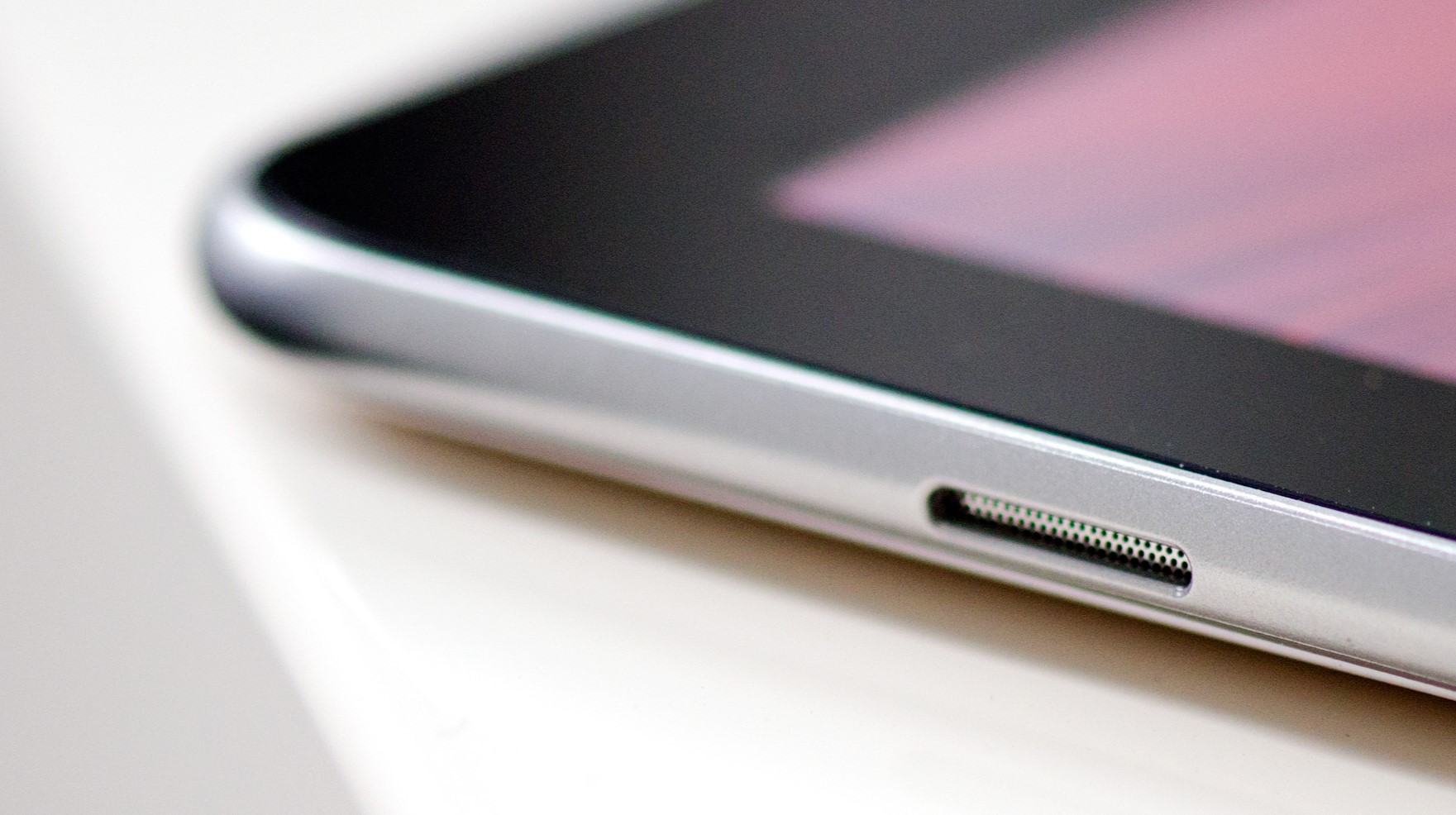
Early Concepts and Prototypes
The concept of a tablet computer dates back to the mid-20th century. In his novel "Foundation," published in 1951, Isaac Asimov described a device called the Calculator Pad, which some believe could be an early description of a tablet computer. However, it wasn't until the 1970s that the idea of a tablet computer began to take shape. Alan Kay, a computer scientist, conceptualized the Dynabook, a portable, interactive device that could serve as both a personal computer and an educational tool.
The Early Years: Pre-Android Tablets
Before Android tablets, several devices attempted to fill the niche between smartphones and personal computers.
Ericsson DelphiPad
Announced in 2001, this device featured a touch screen, Netscape Navigator web browser, and a Linux operating system. Despite its innovative features, it failed to gain significant traction in the market.
Nokia 770
Released in 2005, Nokia's first tablet computer focused primarily on Internet browsing and viewing news. However, it lacked the app ecosystem and user-friendly interface that later devices would offer.
The Rise of Android
Google introduced the Android operating system in 2008, initially optimized for smartphones. As the market for tablets began to grow, Google continued to develop Android to better suit tablet devices. The first Android-based tablets were released in 2009.
The Archos 5
One of the first Android-based tablets to hit the market, initially released with a proprietary operating system, it later transitioned to Android 1.4 in 2009. This pocket-sized model featured a 5-inch touchscreen display, making it one of the smallest tablets available at the time.
The Camangi WebStation
Released in Q2 2009, this early Android tablet offered a more substantial 7-inch display, providing users with a larger screen for browsing and multimedia consumption.
The Ultra and Vega
Released in late 2009, the Ultra had a 7-inch display, while the Vega boasted a larger 15-inch screen. These devices were among the first to showcase the potential of Android on larger form factors.
The First "Real" Android Tablet: Galaxy Tab
While these early devices marked the beginning of Android's journey into tablets, they were not without their limitations. The first "real" Android tablet, designed specifically for tablet use and not just a scaled-up smartphone, was the Samsung Galaxy Tab. Launched in late 2010, this 7-inch device was little more than a scaled-up Galaxy S phone but set the stage for future Android tablets.
Honeycomb: A New Era for Android Tablets
In February 2011, Google released Android 3.0, also known as Honeycomb. This version of the operating system was specifically designed for tablets, featuring a new user interface and improved performance. Honeycomb introduced a more intuitive layout, with features like a larger home screen grid and improved multitasking capabilities.
Nexus S and Nexus One
Although not strictly tablets, the Nexus S and Nexus One were significant in the development of Android. The Nexus S, released in December 2010, was one of the first devices to run Android 2.3 (Gingerbread), which included several improvements over previous versions. The Nexus One, released in January 2010, was one of the first devices to run Android 2.1 (Eclair), marking an early step towards the development of Android as we know it today.
The Nexus 7: A Turning Point
In 2012, Google released the Nexus 7, a 7-inch tablet designed by Asus. This device was priced at just $200 at launch and quickly became a bestseller. The Nexus 7 was notable for its affordability and lack of bloatware, making it an attractive option for consumers looking for a budget-friendly tablet.
The Nexus 7's success can be attributed to its compact size and user-friendly interface. It was designed to be a device that could be easily carried around and used for casual activities like reading, browsing, and gaming. The Nexus 7 also marked a significant shift in Google's approach to tablets, treating them more like phones rather than separate devices with unique interfaces.
Impact on the Market
The release of the first Android tablets had a profound impact on the market. While Apple's iPad dominated the early years, Android tablets gradually gained traction as manufacturers improved their offerings. By 2013, Android tablets had reached a significant market share, with devices like the Samsung Galaxy Tab and Amazon Kindle Fire becoming popular choices.
However, despite this growth, Android tablets faced significant challenges. One major issue was the lack of optimization for larger screens. Many apps designed for smartphones were stretched to fit the larger displays of tablets, resulting in a less-than-ideal user experience. Additionally, the rise of larger smartphones with high-resolution displays further eroded the appeal of tablets as separate devices.
Looking Forward
The first Android tablets marked a significant milestone in the evolution of mobile technology. From early prototypes like the Ericsson DelphiPad to the more refined offerings like the Nexus 7, these devices paved the way for modern tablets. Despite facing challenges such as app optimization and competition from larger smartphones, Android tablets continue to play a crucial role in the tech industry.
As we look to the future, it is clear that tablets will remain an essential part of our digital lives. Whether used for work, entertainment, or education, these devices offer a unique blend of portability and functionality that sets them apart from both smartphones and personal computers. The journey of the first Android tablets serves as a testament to innovation and perseverance in the tech industry, reminding us that even the smallest steps can lead to significant advancements.
